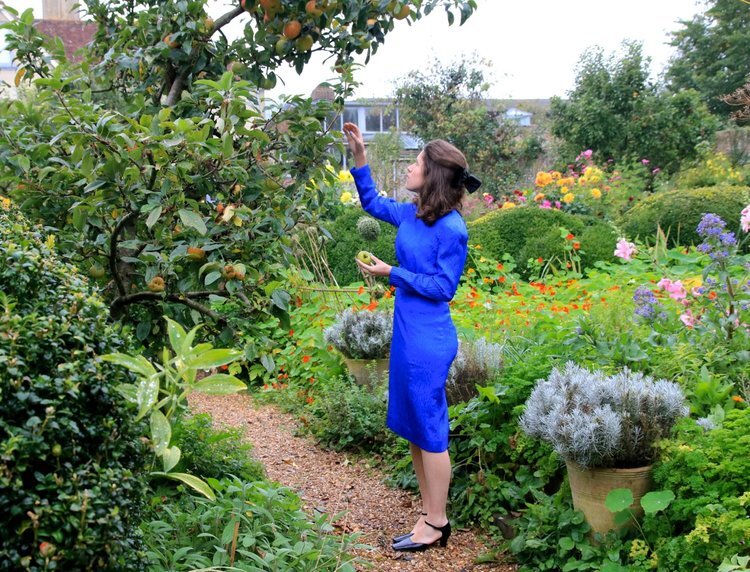Hydrangea
Hydrangeas 💐 are maybe one of my favourite flowers, and they are coming into flower right now at High Beeches Garden. I like that whilst the rest of the garden is almost completely green, you turn a corner and are suddenly presented with all sorts of blues, purples and pinks. And the most exciting thing about hydrangeas are their variation in colour. The flowers on just one plant can be pink, purple blue and yellow, and when you stand back from the plant, it looks almost as though they have been painted on, by someone wishing for a tree with flowers in all their favourite colours. When you get close the petals on each flowerhead are just so perfectly arranged. Right now as they are flowering, you get to the see the whole process from buds, to small flowers to complete flowerheads.The flower pigment variation is due to the presence of aluminium ions in the soil. Hydrangeas are hyper-accumulating and they are able to take in the aluminium ions in the soil, which are either available or tied up depending on the soil pH. An acidic soil (pH below 7) will usually produce blue and purples flowers, an alkaline soil (pH above 7) will produce pink and red flowers. Changing the pH tends not to make a difference to the colour of the flower - the soil needs to contain aluminium ions. Most hydrangeas are actually white, it is only some species, most notably Hydrangea Macrophylla that is affected by the aluminium ions. And they can also be also bred to a certain colour.I really love this variation of colour in nature. I think colours are never better than when they are completely natural, and I find it so exciting that this one plant produces all sorts of pinks, purples and blues. So I took many photos, and I hope you enjoy them 😊.Alice xxx


























